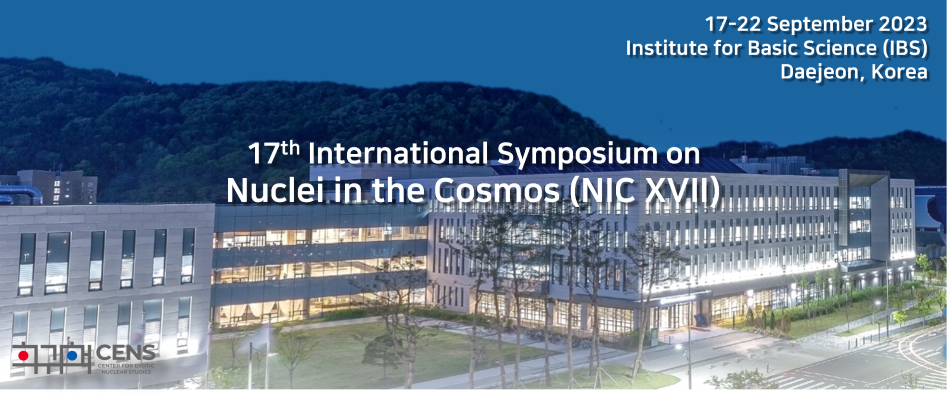Speaker
Description
Neutron star mergers (NSMs) are the first verified sites of rapid neutron capture (r-process) nucleosynthesis, and could emit gamma rays from the radioactive isotopes synthesized in the neutron-rich ejecta. These MeV gamma rays may provide a unique and direct probe of the NSM environment as well as insight into the nature of the r process, just as observed gammas from the 56Ni radioactive decay chain provide a window into supernova nucleosynthesis. Here we include the photons from fission processes for the first time in estimates of the MeV gamma-ray signal expected from an NSM event. We consider NSM ejecta compositions with a range of neutron richness and find a dramatic difference in the predicted signal depending on whether or not fissioning nuclei are produced. The difference is most striking at photon energies above ∼3.5 MeV and at a relatively late time, several days after the merger event, when the ejecta is optically thin. We estimate that a nearby NSM could be detectable by a next generation MeV gamma-ray detector, up to ∼10$^4$ days after the merger, if fissioning nuclei are robustly produced in the event. In addition, such MeV signal from NSM, if detected, can constrain the nuclear models for the heavy r-process nuclei that without experimental data.

